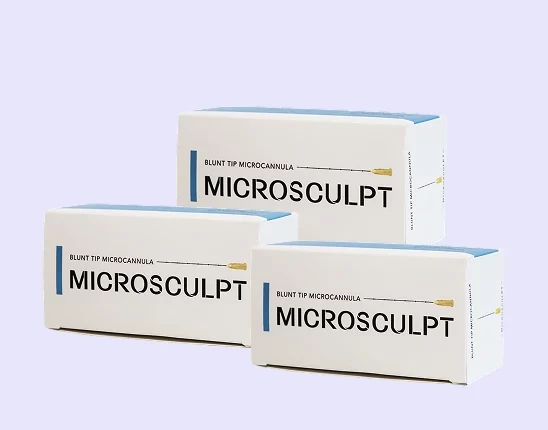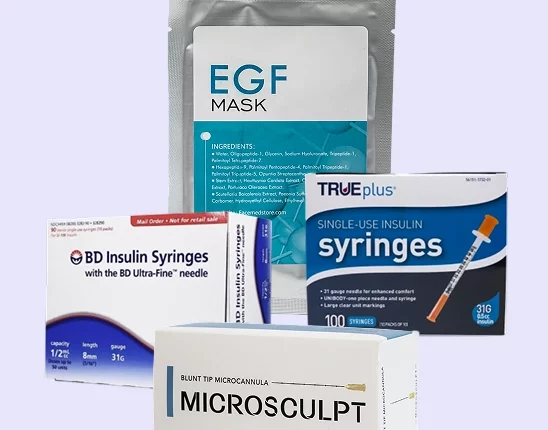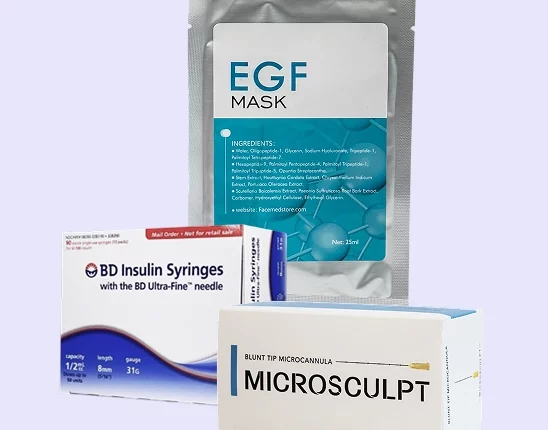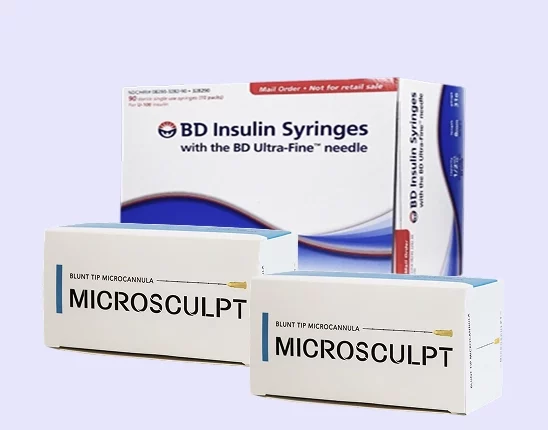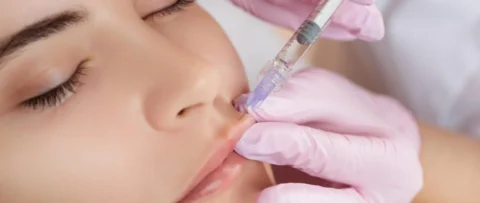When it comes to different aesthetic and medical procedures that involve injectables, doctors either use a blunt tipped cannula or a sharp needle to deliver the medication. Choosing the right delivery method is important for each treatment since it minimizes the risk of complications and affects how the final results turn out.
So what’s the difference between a cannula and a needle? The most noticeable difference between these two is that the needle tip is sharp while the cannula has a blunt tip. Cannulae are also longer and more flexible, which allows the injector to deliver the right amount of medication to the treatment area without creating more injection sites.
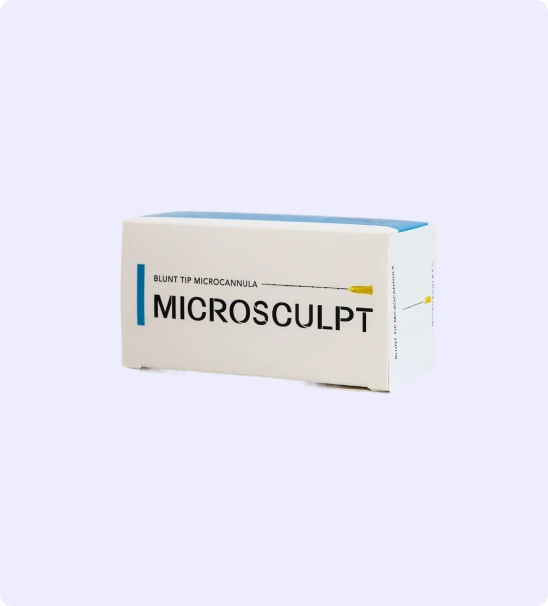
Injections Your Patients Will Love! Code “20OFF” Takes 20% off Your First Order!
Microcannulas are a tool that every great injector must master. Patients want quick results with no downtime. Our microcannulas are high quality and a fraction of the price of our competitors!
You can create an account here.
Why Picking Between a Cannula and Needle Matters
Each type of injecting instrument has its own purpose, like how a butterfly needle is used for drawing blood from a patient. The needle and cannula are primarily used for administering medication for facial rejuvenation and other cosmetic procedures.
There isn’t a quick answer to which between a blunt tip cannula and a sharp tip needle is the better injecting instrument since the answer depends on the physician and their needle technique. But the difference in their tip shape makes a specific instrument more effective in some treatments than the other.
The traditional needle is better suited for treatments that require deep-level placement of the medication. It’s also better for more viscous substances, but the injector should have excellent control of their needle technique to achieve optimal results.
On the other hand, using a cannula needle isn’t limited to a liposuction procedure. It’s also the preferable option for patients who want to avoid post-procedure complications like scarring or bruising. It’s best used for dermal filler injection that only reaches the top layers of the skin.
Important Differences Between Cannula and Needle
Here’s a list of the important differences between the two injecting instruments and how they affect the procedure:
1. They have different tip shapes and sharpness
A hypodermic needle has a sharp tip that allows it to penetrate deep into the layers of the skin to deliver the contents of the syringe. It used to be the first and only choice in delivering dermal fillers or other medications to the treatment sites until the blunt needle was introduced. Since they’re sharper, needles allow doctors to deliver the injection near the bones or periosteum.
Cannulas have blunt tips that push through the superficial layer of the skin. This makes them ideal for soft tissue filler treatment in areas like the tear trough. Since they’re only pushing through the soft tissues of the skin, this minimizes the risk of bruising and swelling after the procedure.
Most patients also feel more relaxed during the treatment once they see the blunt tip of a cannula. Needles have always been associated with patient anxiety and pain because of their sharp tip. Learning about blunt tip alternatives puts patients at ease and helps them cope with the procedure better.
2. Cannulas are longer, more flexible, and more versatile
Another important distinction between needles and cannula is that the latter is longer and more flexible. This makes them ideal for consistent delivery of the filler injection. The procedure is also a lot less painful for the patient because the cannula reaches larger areas even with a single injection site.
However, the cannula’s length also makes it hard for an inexperienced practitioner to accurately administer the filler in other parts of the face. A small needle injection is also the better option for Botox treatments that erase fine lines and wrinkles around the nasolabial fold because it allows precise fluid control and delivery.
Aside from being more flexible than needles, cannulas are also quite versatile in that they can be easily combined with other medical devices without causing many problems. The blunt needle is typically used with medical tubing and syringes for some medical treatments.
3. Cannulas help minimize complications and injuries
One of the biggest complications associated with facial fillers and other injectable treatments is the risk of accidentally injecting the fluid into a nearby blood vessel or vein. This leads to a blockage called vascular occlusion that affects the blood circulation in the area. This kind of accident is especially difficult to handle.
Since the micro cannula – or the cannula method in general – uses a blunt tip that doesn’t pierce the skin, it effectively minimizes the risk of accidentally puncturing the blood vessel. It’s also an excellent injecting instrument for an intravascular injection that’s placed near a facial artery.
Another type of injury that might occur when using the sharp tipped needle is the needlestick injury. This refers to the wounds caused by the sharp tip of a needle accidentally puncturing the skin after the treatment has been completed. While there are safe disposal protocols in place, injectors should still be extra careful when working with a needle.
Using a microcannula for treatment helps avoid this problem since the blunt tip won’t penetrate the skin or pierce the disposal container easily. There are also special instructions for disposing of the instrument after the cannulation method, but there are fewer chances of needlestick injuries with a cannula.
4. The substance to be injected also matters
Another thing to consider when choosing between a cannula or a needle is the liquid or medication that needs to be delivered into the body. The traditional needle is great for viscous fluids like thick dermal fillers that restore volume to the sunken parts of the face.
Aside from thin fillers, cannulas are also used for intravenous cannulation. The IV cannula is usually used in hospitals and IV infusion clinics. Although they both deliver solutions into the body, an IV cannula is often confused with an intravenous catheter. The IV catheter is significantly longer because it’s used for many other medical functions.
Learn more: Why Aren’t All Injectors Using Microcannulas?
Buy Medical Grade Hypodermic Needle and Blunt Cannula at FACE Medical Supply
-
 Microcannula Multi-Gauge Precision Set
Microcannula Multi-Gauge Precision Set -
 Microcannula Complete Injection System
Microcannula Complete Injection System -
 Microcannula Size Progression Training Kit
Microcannula Size Progression Training Kit -
 Microcannula Professional Starter Kit
Microcannula Professional Starter Kit -
 Microcannula Volume Practice Pack
Microcannula Volume Practice Pack -
 23 gauge 50 mm (2 inch) Microcannulas
23 gauge 50 mm (2 inch) Microcannulas -
 22 Gauge 100 mm (4 inch) Microcannulas.
22 Gauge 100 mm (4 inch) Microcannulas. -
 27 Gauge 38 mm (1.5 inch) Microcannulas
27 Gauge 38 mm (1.5 inch) Microcannulas -
 25 Gauge 38 mm (1.5 inch) Microcannulas
25 Gauge 38 mm (1.5 inch) Microcannulas
Using a cannula or a needle depends on the specific treatment and the doctor’s injection technique. Experienced medical professionals may offer both options for the patient depending on their needs and preference. But since these injecting instruments are becoming a necessity for med spas and small clinics, it’s better to buy them from a trusted supplier.
At FACE Medical Supply, we offer different kinds of medical tools like a hollow needle, cannula, plastic catheter, multi lumen catheter, and more at affordable prices. We’re experienced in providing the best solutions for traditional treatments to different practitioners around the country. Visit our website now to find medical-grade products that won’t cost an arm and a leg.
